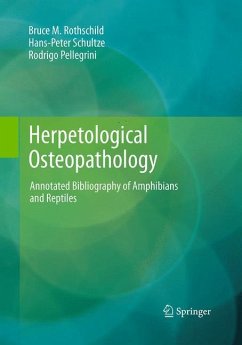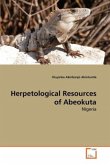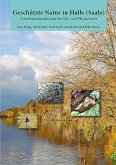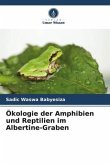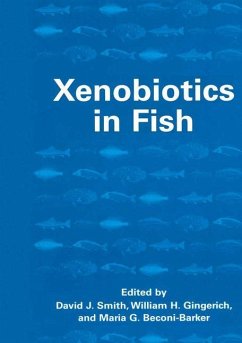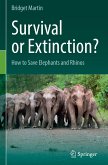As scientific analysis of testable hypotheses has replaced the speculative approach to study of bone disease in recent and fossil amphibians and reptiles, the field has advanced from simply reporting observations to analyzing their implications. This process is predicated upon a reproducible data base which explains/diagnoses the nature of bony alterations and a secure review of the literature. Thereby hangs the rub. The herpetological literature are difficult to access (let alone read) and are scattered through many prominent and eclectic journals and in the lay literature. While older diagnoses often have not stood the test of time, the clarity of report descriptions usually allows confident identification of the underlying pathology.
Bitte wählen Sie Ihr Anliegen aus.
Rechnungen
Retourenschein anfordern
Bestellstatus
Storno

